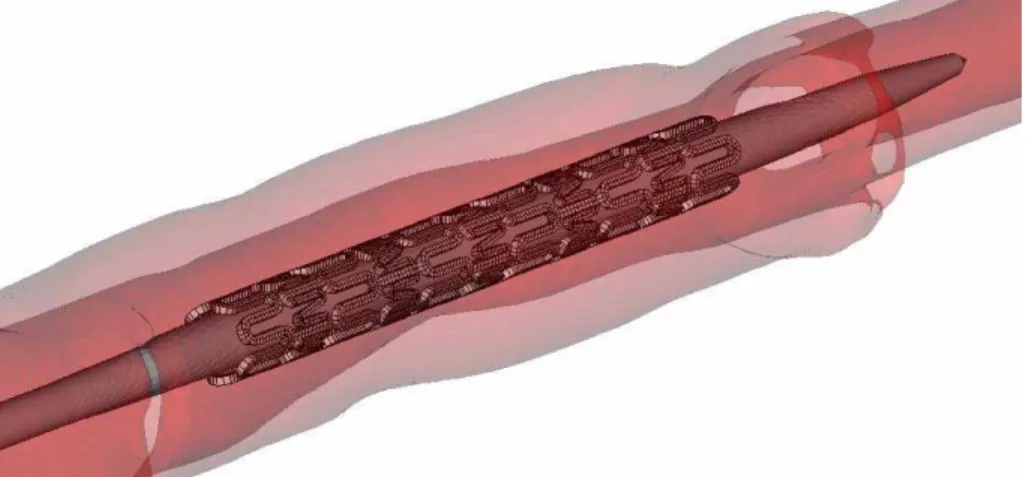Publisher’s version / Version de l'éditeur:
Vous avez des questions? Nous pouvons vous aider. Pour communiquer directement avec un auteur, consultez la
première page de la revue dans laquelle son article a été publié afin de trouver ses coordonnées. Si vous n’arrivez pas à les repérer, communiquez avec nous à PublicationsArchive-ArchivesPublications@nrc-cnrc.gc.ca.
Questions? Contact the NRC Publications Archive team at
PublicationsArchive-ArchivesPublications@nrc-cnrc.gc.ca. If you wish to email the authors directly, please see the first page of the publication for their contact information.
https://publications-cnrc.canada.ca/fra/droits
L’accès à ce site Web et l’utilisation de son contenu sont assujettis aux conditions présentées dans le site LISEZ CES CONDITIONS ATTENTIVEMENT AVANT D’UTILISER CE SITE WEB.
7th Annual International Meeting on Simulation in Healthcare [Proceedings],
2007-01-14
READ THESE TERMS AND CONDITIONS CAREFULLY BEFORE USING THIS WEBSITE.
https://nrc-publications.canada.ca/eng/copyright
NRC Publications Archive Record / Notice des Archives des publications du CNRC : https://nrc-publications.canada.ca/eng/view/object/?id=d0cf7219-0fdd-4f35-ab67-6fad6005ae33 https://publications-cnrc.canada.ca/fra/voir/objet/?id=d0cf7219-0fdd-4f35-ab67-6fad6005ae33
NRC Publications Archive
Archives des publications du CNRC
This publication could be one of several versions: author’s original, accepted manuscript or the publisher’s version. / La version de cette publication peut être l’une des suivantes : la version prépublication de l’auteur, la version acceptée du manuscrit ou la version de l’éditeur.
Access and use of this website and the material on it are subject to the Terms and Conditions set forth at
Computer-Based Simulation of Cardiovascular Stent Implantation
Laroche, Denis; Delorme, Sébastien; Anderson, Todd; DiRaddo, Robert W.
Computer-Based Simulation of Cardiovascular Stent Implantation
Denis Laroche1, Sebastien Delorme1, Todd Anderson2 and Robert DiRaddo1
1
Industrial Materials Institute (IMI), Boucherville, QC, Canada, denis.laroche@cnrc-nrc.gc.ca
2
University of Calgary, Calgary, AB, Canada
BACKGROUND
Percutaneous stent implantation is the most common intervention for the treatment of a stenosed artery. Intervention strategy, including stent selection, and inflation pressure, is typically determined by clinician's experience. Restenosis, the most common complication from stenting, has been shown to be strongly related to the mechanics of the intervention.
In this work, a finite element model for simulating stent implantation is presented and validated using clinical data. The goal of this numerical tool is to assist clinicians in the selection of appropriate intervention strategy for a specific patient.
METHODS
A finite element analysis software developed at IMI is used to solve balloon angioplasty and stent implantation mechanics (Laroche 2006). The software computes the balloon/stent/artery interaction and large deformations that occur during device deployment inside a stenosed artery. It predicts the artery patency and the stress distribution in the arterial wall, for a specific device and inflation pressure. The friction between the balloon, stent and arterial wall are also computed. The accumulated friction work is used as a
predictor of endothelium denudation, a known triggering factor of restenosis. The artery is modeled with a nonlinear anisotropic elasto-plastic constitutive model. The simulation starts with the stent mounted around the pre-wrapped balloon and positioned inside the artery. Once the device deployment is completed, the balloon is deflated and the elastic recoil of the stent and artery is predicted.
Apart from improvements in constitutive models, the major contribution of this work is the in-vivo validation of the model. This was done using pre and post IVUS images on a patient who underwent stent implantation on the mid-LAD coronary artery. The final artery patency, as predicted by the proposed model, was compared to the post stenting images. Figure 1 shows the balloon/stent model into the artery.
RESULTS AND CONCLUSION
The potential of the model to accurately predict the post intervention artery patency is presented. The effect of the device properties, including the mechanical properties of the stent and the artery is discussed.
REFERENCES
Laroche, D. et al (2006) Biomedical Simulation: 3rd Int. Symp, ISBMS, Zurich, Switzerland.
